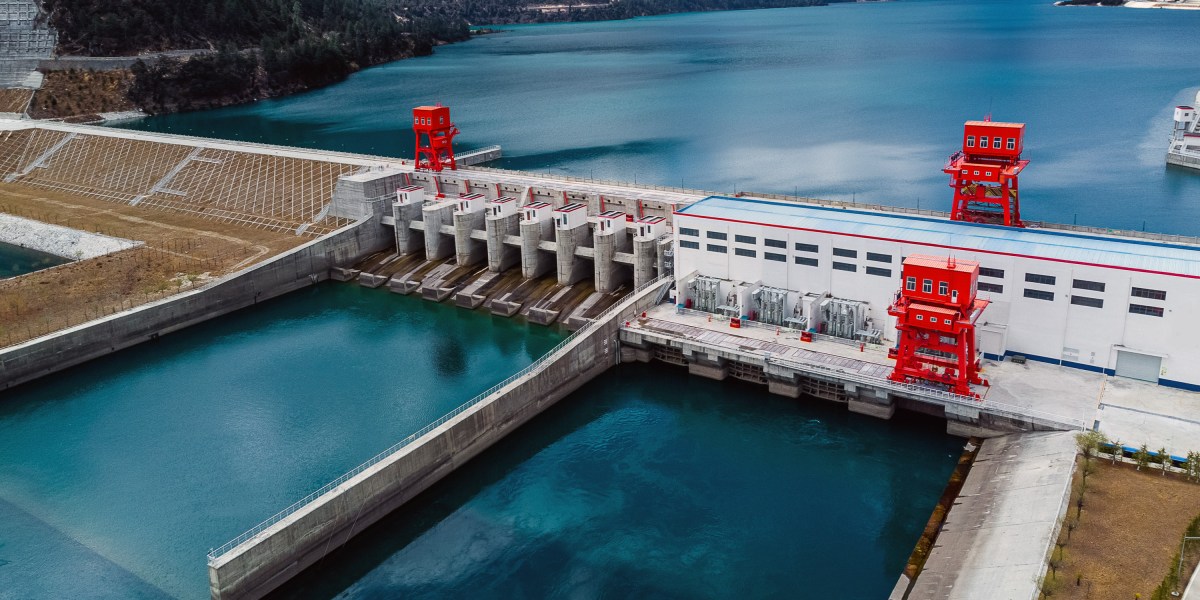Emissions hit a record high in 2023. Blame hydropower.

But last year, weather conditions caused hydropower to fall short in a major way, with generation dropping by a record amount. In fact, the decrease was significant enough to have a measurable effect on global emissions. Total energy-related emissions rose by about 1.1% in 2023, and a shortfall of hydroelectric power accounts for 40% of that rise, according to a new report from the International Energy Agency.
Between year-to-year weather variability and climate change, there could be rocky times ahead for hydropower. Here’s what we can expect from the power source and what it might mean for climate goals.
Drying up
Hydroelectric power plants use moving water to generate electricity. The majority of plants today use dams to hold back water, creating reservoirs. Operators can allow water to flow through the power plant as needed, creating an energy source that can be turned on and off on demand.
This dispatchability is a godsend for the grid, especially because some renewables, like wind and solar, aren’t quite so easy to control. (If anyone figures out how to send more sunshine my way, please let me know—I could use more of it.)
But while most hydroelectric plants do have some level of dispatchability, the power source is still reliant on the weather, since rain and snow are generally what fills up reservoirs. That’s been a problem for the past few years, when many regions around the world have faced major droughts.
The world actually added about 20 gigawatts of hydropower capacity in 2023, but because of weather conditions, the amount of electricity generated from hydropower fell overall.
The shortfall was especially bad in China, with generation falling by 4.9% there. North America also faced droughts that contributed to hydro’s troubles, partly because El Niño brought warmer and drier conditions. Europe was one of the few places where conditions improved in 2023—mostly because 2022 was an even worse year for drought on the continent.
As hydroelectric plants fell short, fossil fuels like coal and natural gas stepped in to fill the gap, contributing to a rise in global emissions. In total, changes in hydropower output had more of an effect on global emissions than the post-pandemic aviation industry’s growth from 2022 to 2023.





